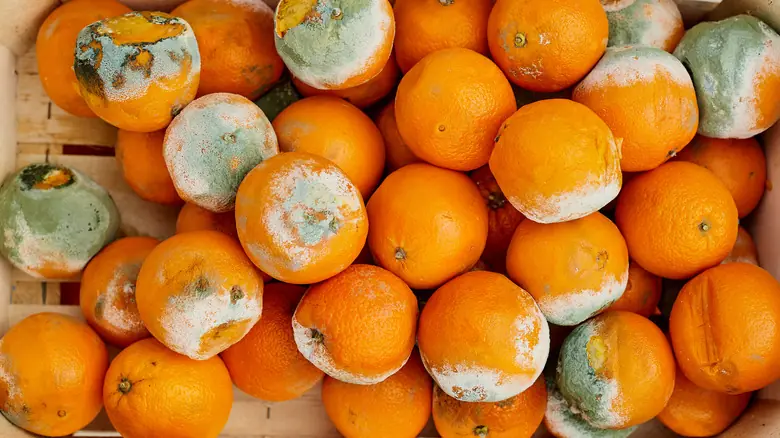
Planting Blueberries at Home: A Guide to Cultivating an Abundant Supply
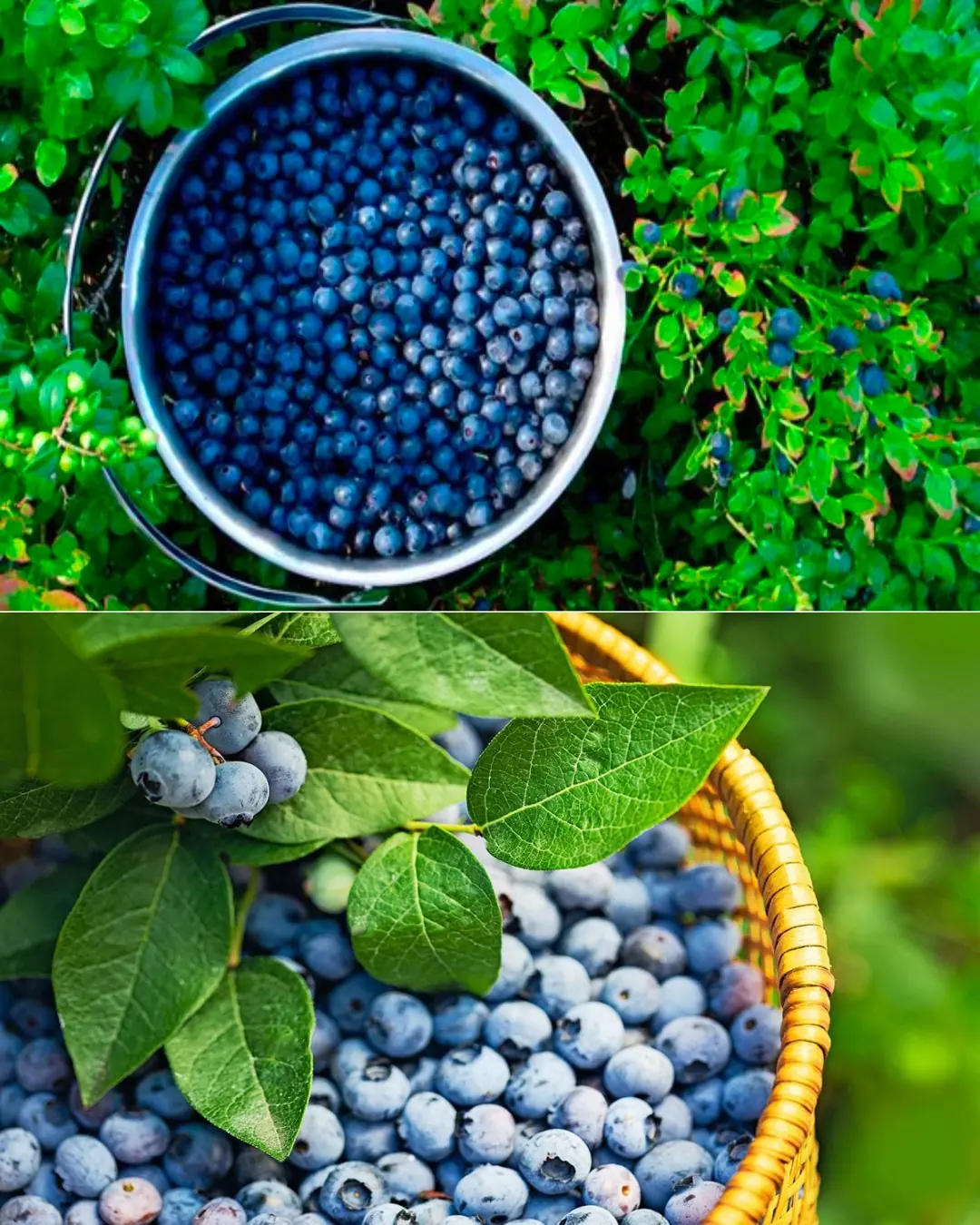
Blueberries are not only delicious and nutritious but also a rewarding fruit to grow at home. Cultivating your own blueberries ensures you enjoy fresh, pesticide-free berries right from your garden or balcony. This comprehensive guide will walk you through everything you need to know to plant, care for, and harvest an abundant supply of blueberries at home.
Why Grow Blueberries at Home?
Blueberries are packed with antioxidants, vitamins, and fiber, making them a healthy addition to any diet. Growing them yourself allows you to control growing conditions, avoid harmful chemicals, and enjoy the satisfaction of harvesting your own fruit.
Choosing the Right Blueberry Variety
Before planting, select a blueberry variety suitable for your climate and space:
-
Highbush Blueberries (Vaccinium corymbosum): Best for temperate climates and large gardens.
-
Rabbiteye Blueberries (Vaccinium ashei): Suitable for warmer climates with hot summers.
-
Lowbush Blueberries (Vaccinium angustifolium): Hardy and good for colder regions.
-
Container Varieties: Some dwarf varieties are ideal for growing in pots or containers on patios and balconies.
Selecting the Planting Location
Blueberries prefer a sunny spot that receives at least 6 hours of direct sunlight daily. Choose an area with good air circulation to reduce disease risks.
Soil Requirements
Blueberries thrive in acidic soils with a pH between 4.5 and 5.5. The soil should be well-draining, rich in organic matter, and slightly sandy or loamy. If your soil is alkaline, consider amending it with sulfur or planting blueberries in raised beds or containers with acidic potting mix.
Step-by-Step Planting Process
Step 1: Prepare the Soil
Clear the planting area of weeds and debris. Mix in plenty of organic compost, peat moss, or pine bark to improve soil acidity and structure.
Step 2: Planting Time
The best time to plant blueberries is in early spring or fall, when temperatures are mild.
Step 3: Planting Technique
Dig holes twice as wide and just as deep as the root ball. Space plants about 1.2 to 1.5 meters (4-5 feet) apart to allow room for growth. Place each plant in its hole, spread roots gently, and cover with soil. Firm the soil gently around the base and water thoroughly.
Caring for Your Blueberry Plants
Watering
Blueberries need consistent moisture, especially during fruit development. Water deeply once or twice a week, depending on rainfall and temperature. Mulching with pine needles or wood chips helps retain soil moisture and maintain acidity.
Fertilizing
Use a fertilizer formulated for acid-loving plants. Apply in early spring and again after harvest. Avoid over-fertilizing as blueberries have sensitive roots.
Pruning
Prune annually in late winter to remove dead or weak branches and encourage vigorous new growth. Proper pruning increases yield and fruit quality.
Pest and Disease Control
Keep an eye out for common pests like birds, aphids, and spider mites. Use netting to protect berries from birds. Practice good sanitation to prevent fungal diseases.
Harvesting Blueberries
Blueberries typically begin to produce fruit 2-3 years after planting. Harvest berries when they turn deep blue and detach easily from the stem. Picking regularly encourages the plant to produce more fruit.
Additional Tips
-
Plant at least two different varieties for better cross-pollination and higher yields.
-
Use raised beds or containers if your garden soil isn’t suitable.
-
Regularly test soil pH to ensure it stays within the ideal acidic range.
Conclusion
Growing blueberries at home is a fulfilling endeavor that provides delicious, nutritious fruits for years to come. By selecting the right variety, preparing your soil properly, and giving your plants attentive care, you can enjoy an abundant harvest of fresh blueberries straight from your garden.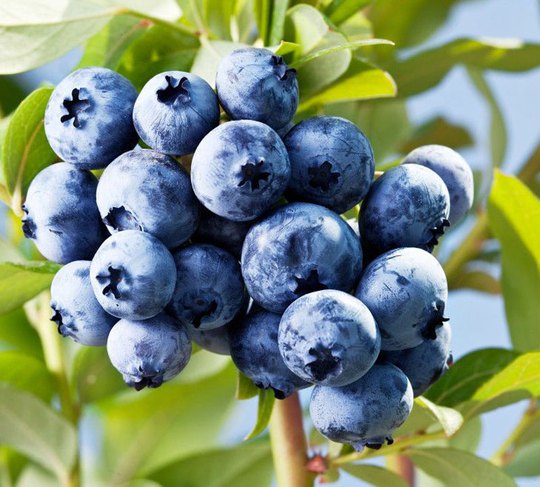
News in the same category


10 Clever Ways to Reuse Lemon Seeds at Home
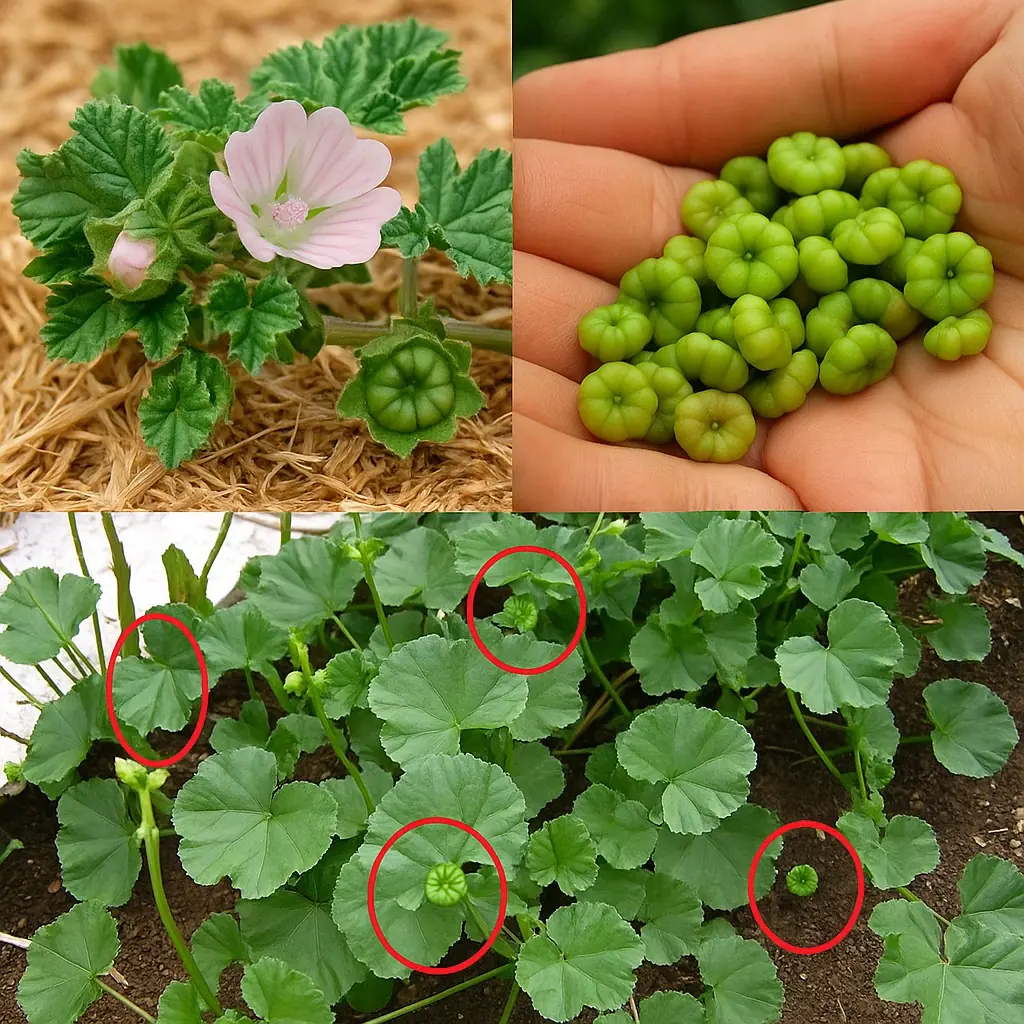
Unlocking the Secret Health Benefits of Common Mallow: Nature’s Wonder Herb for Wellness
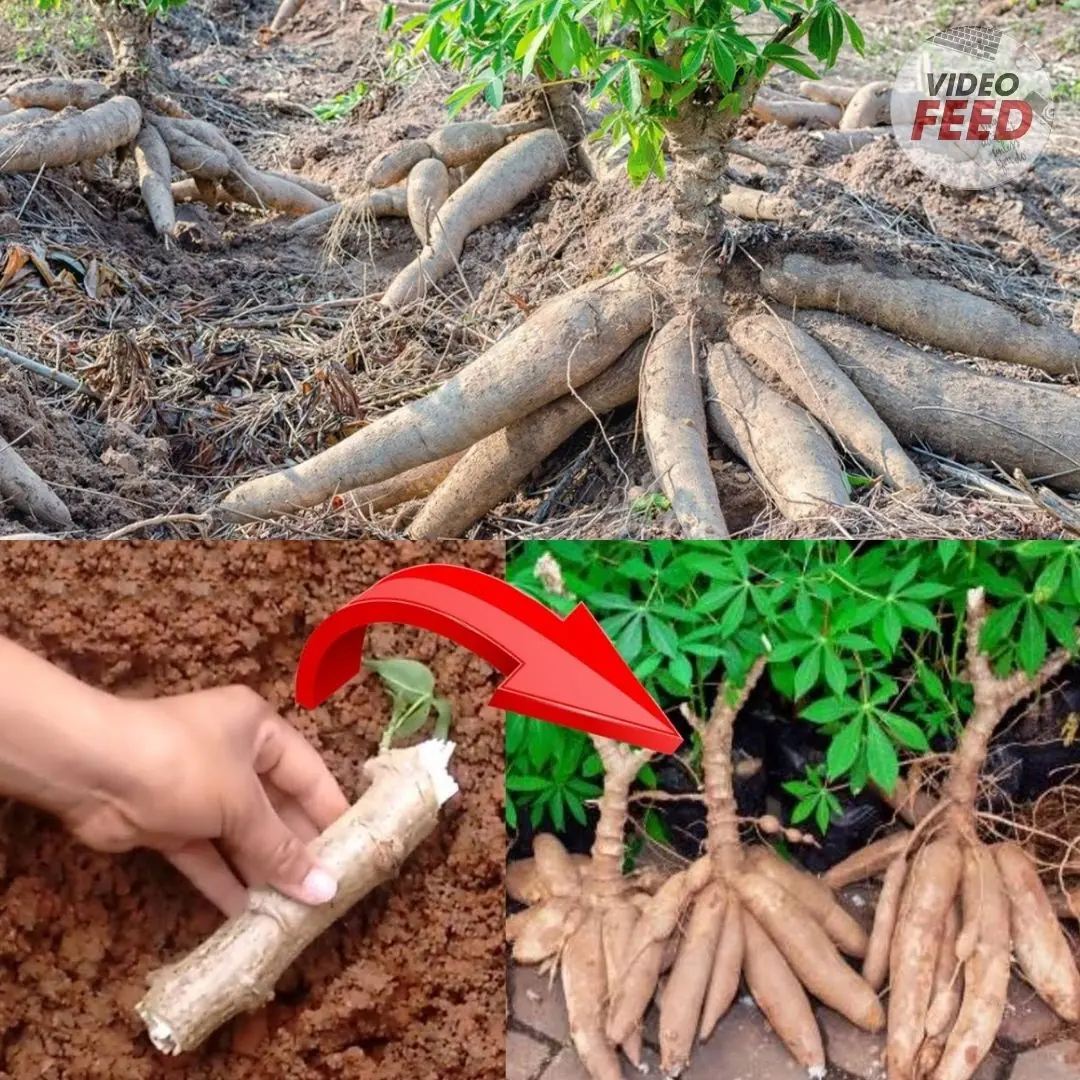
Essential Knowledge for Growing Cassava Successfully
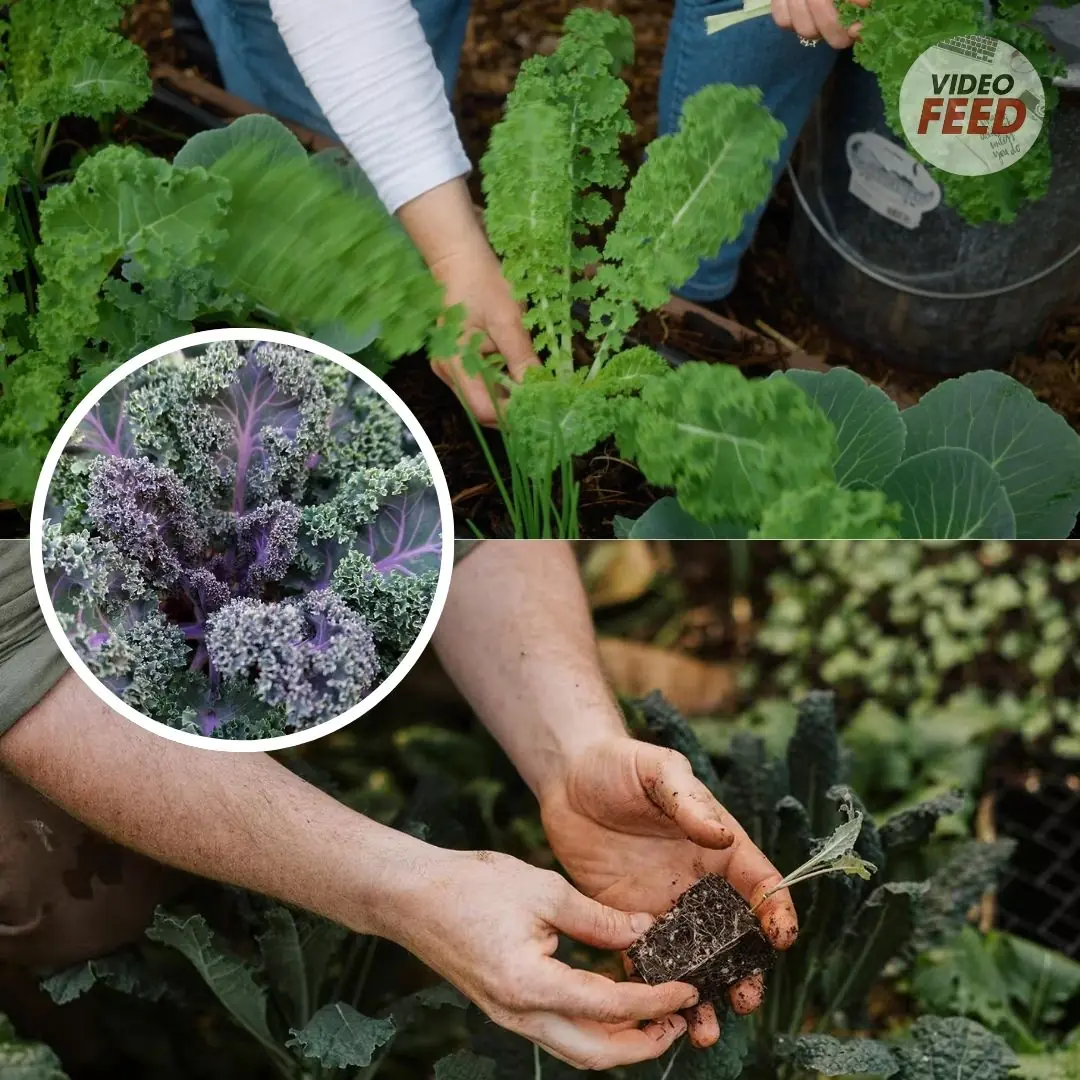
Growing Kale: Planting, Care, and Harvesting Tips
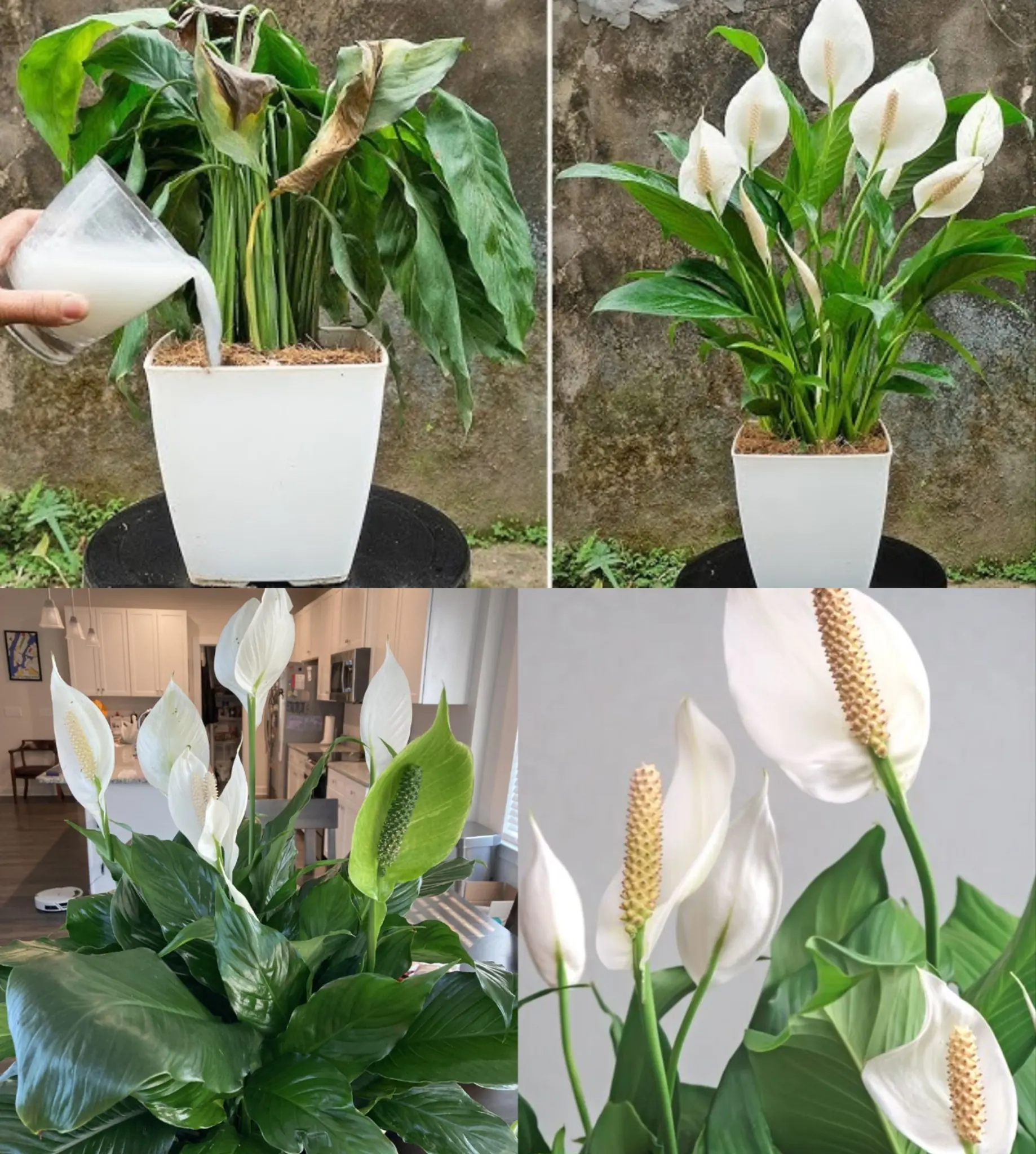
Just 1 Cup Makes Peace Lilies Bloom with So Many Flowers
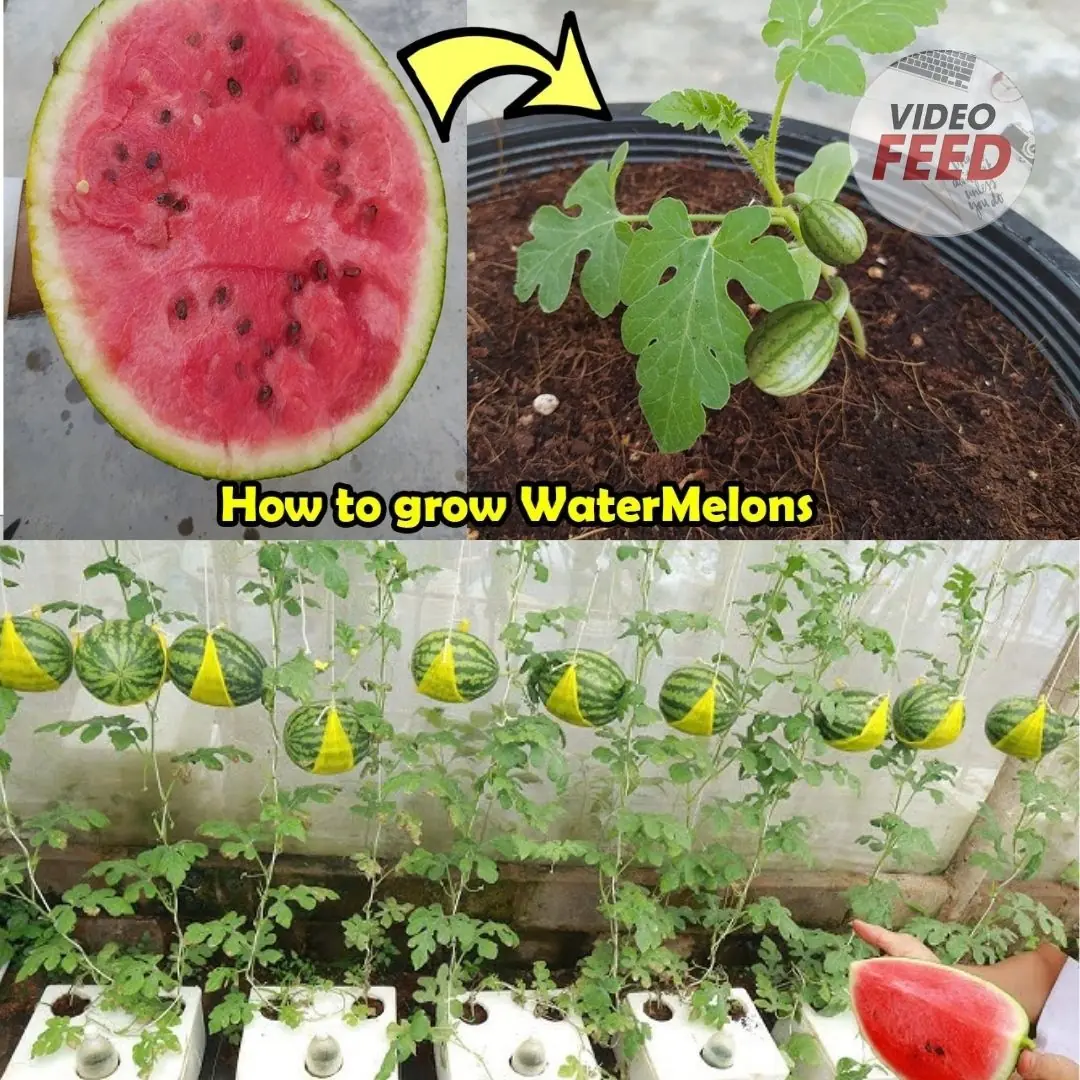
How to Grow Watermelons at Home: A Guide for Small Spaces & Balconies
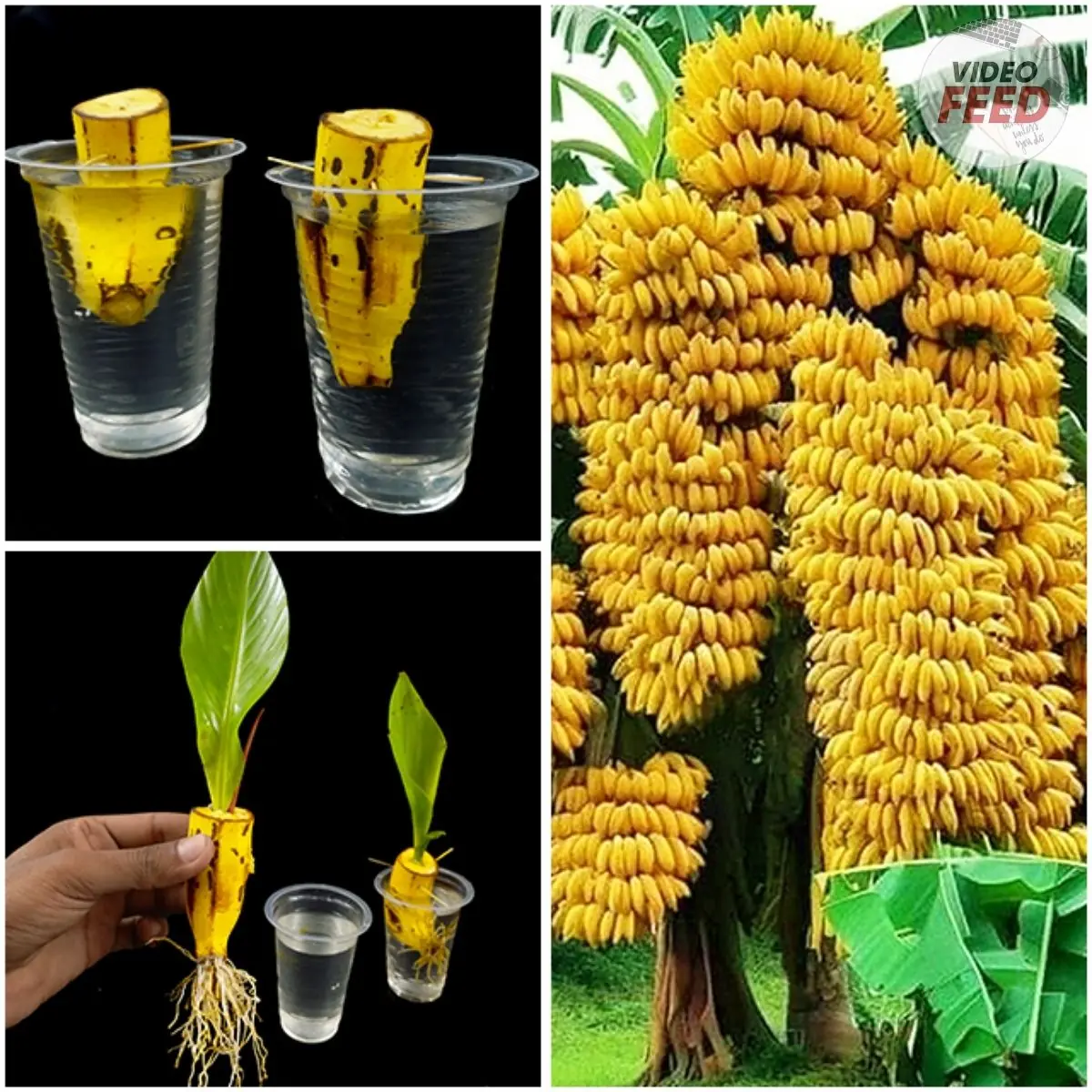
How to Grow a Banana Tree at Home and Never Buy Bananas Again
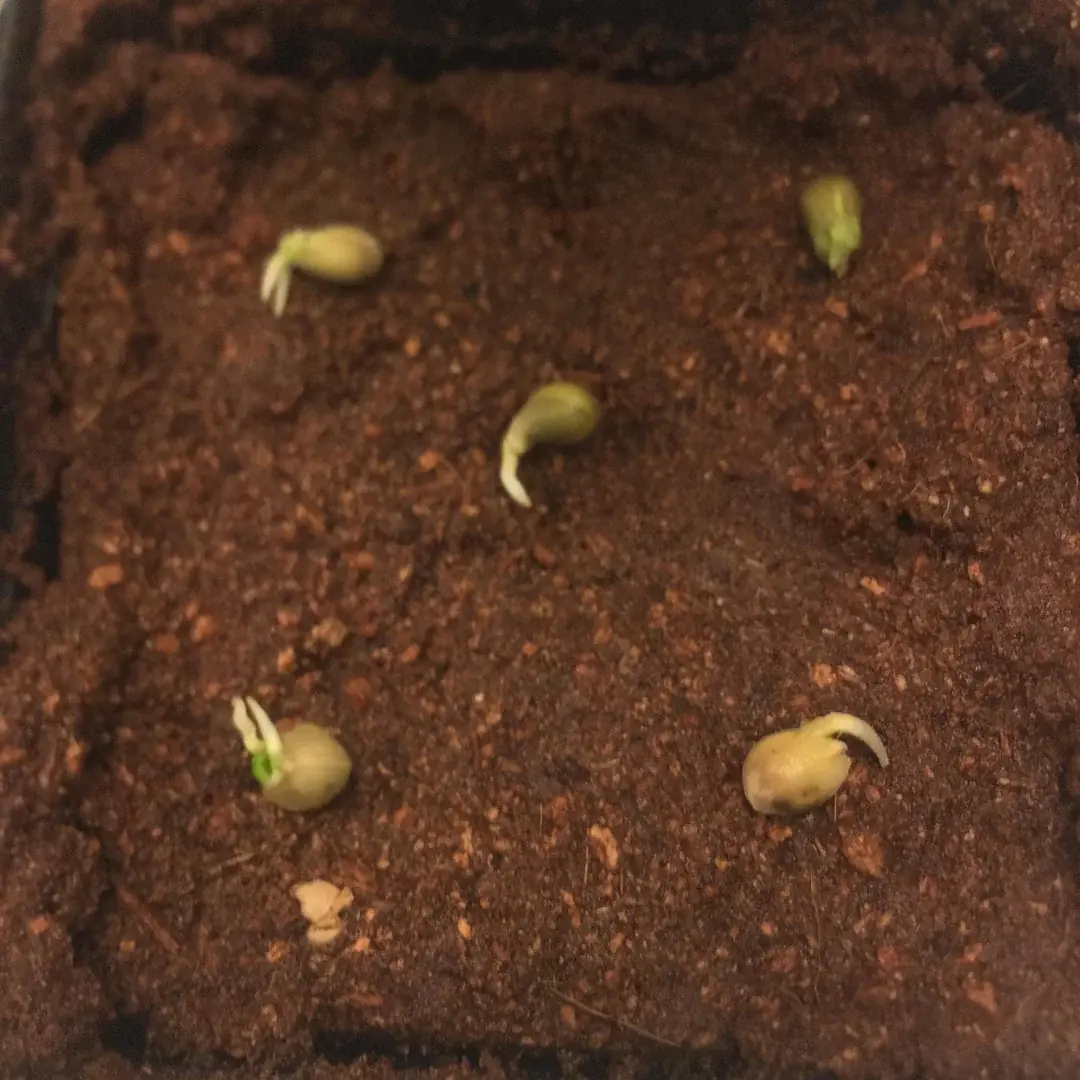
Here’s How to Grow Calamansi at Home — No Farm Needed
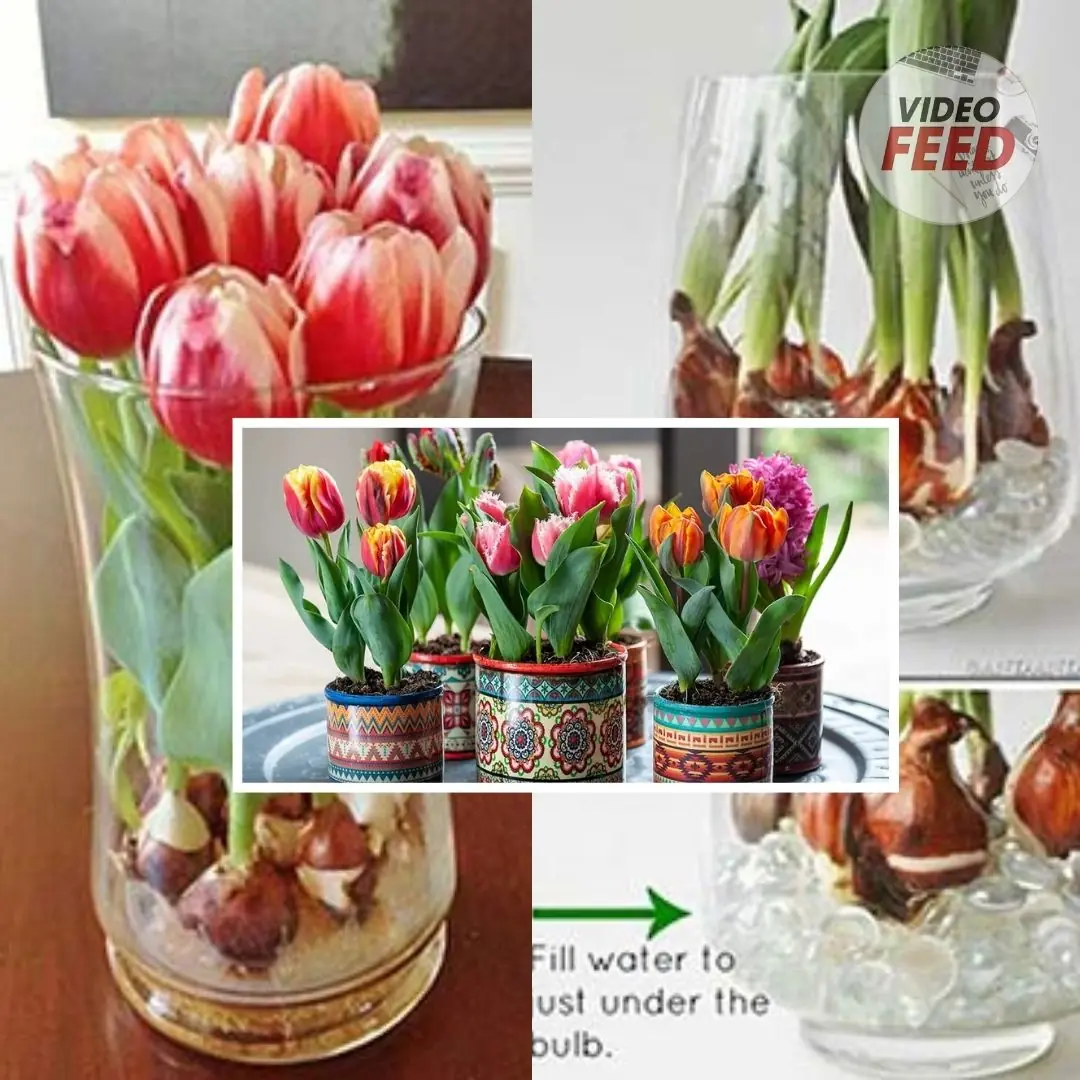
How to grow tulips indoors – a step-by-step guide to forcing these beautiful bulbs
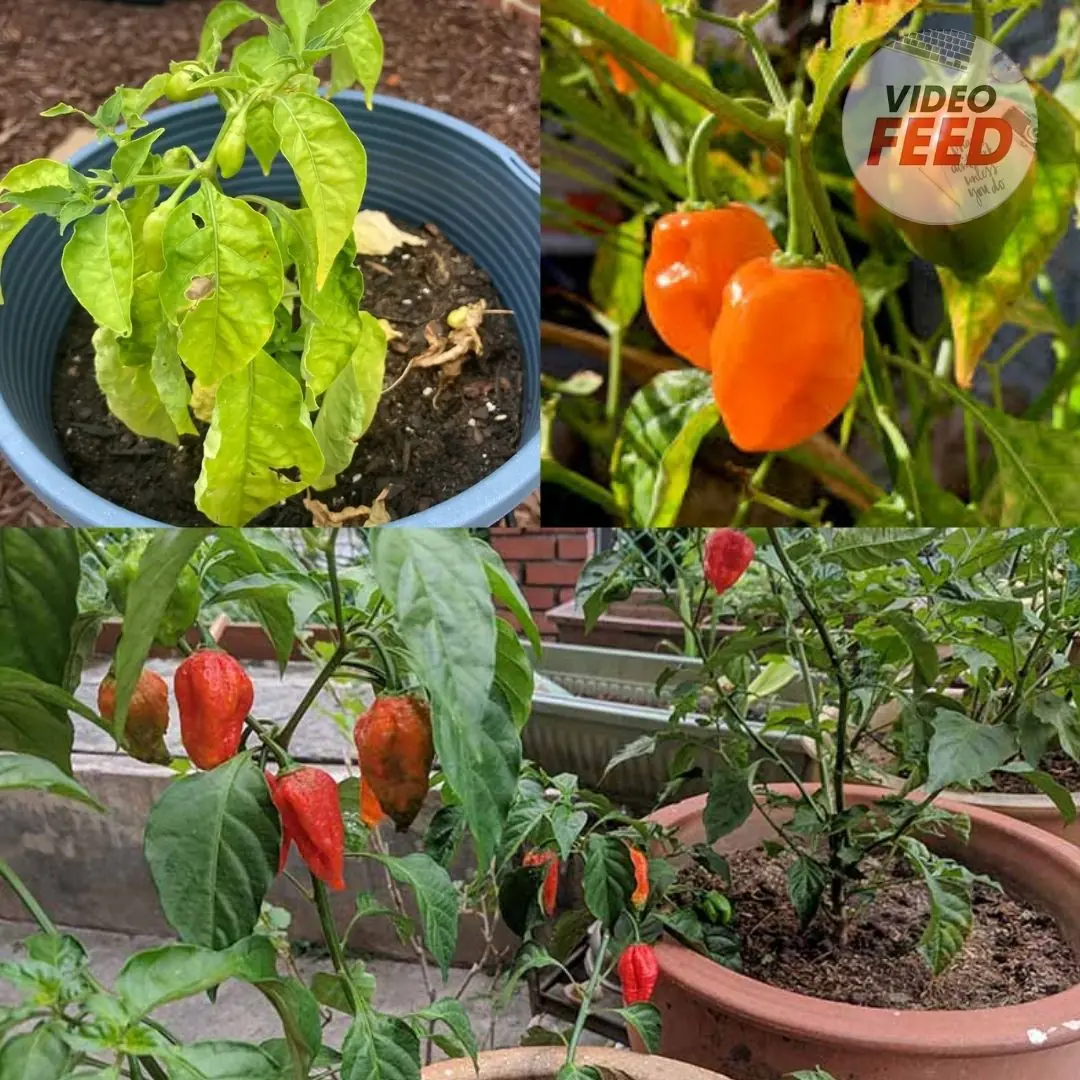
How to Grow Habanero Peppers in Pots

Grow These 5 Garden Beans This Summer
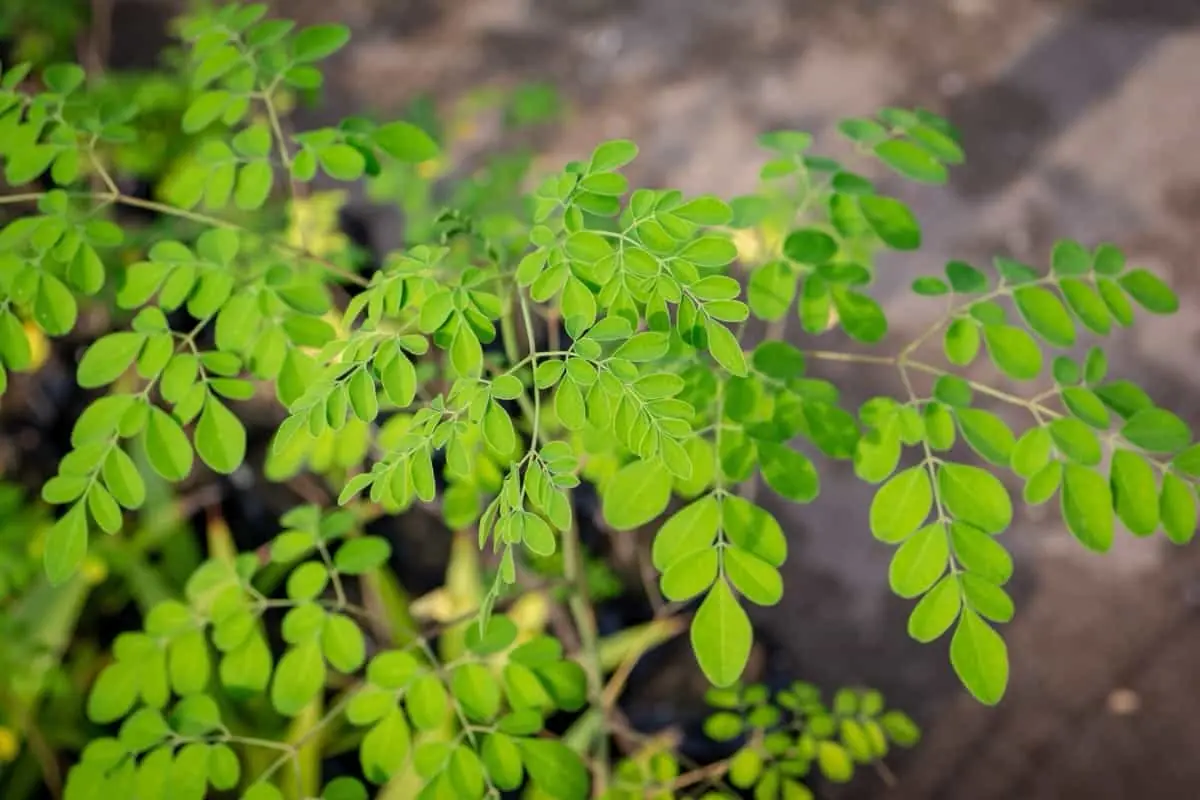
Why Asians Are Rushing to Grow This “Miracle Tree”: Heals Like Medicine, Sells Like Gold

How to Grow and Care for Dieffenbachia
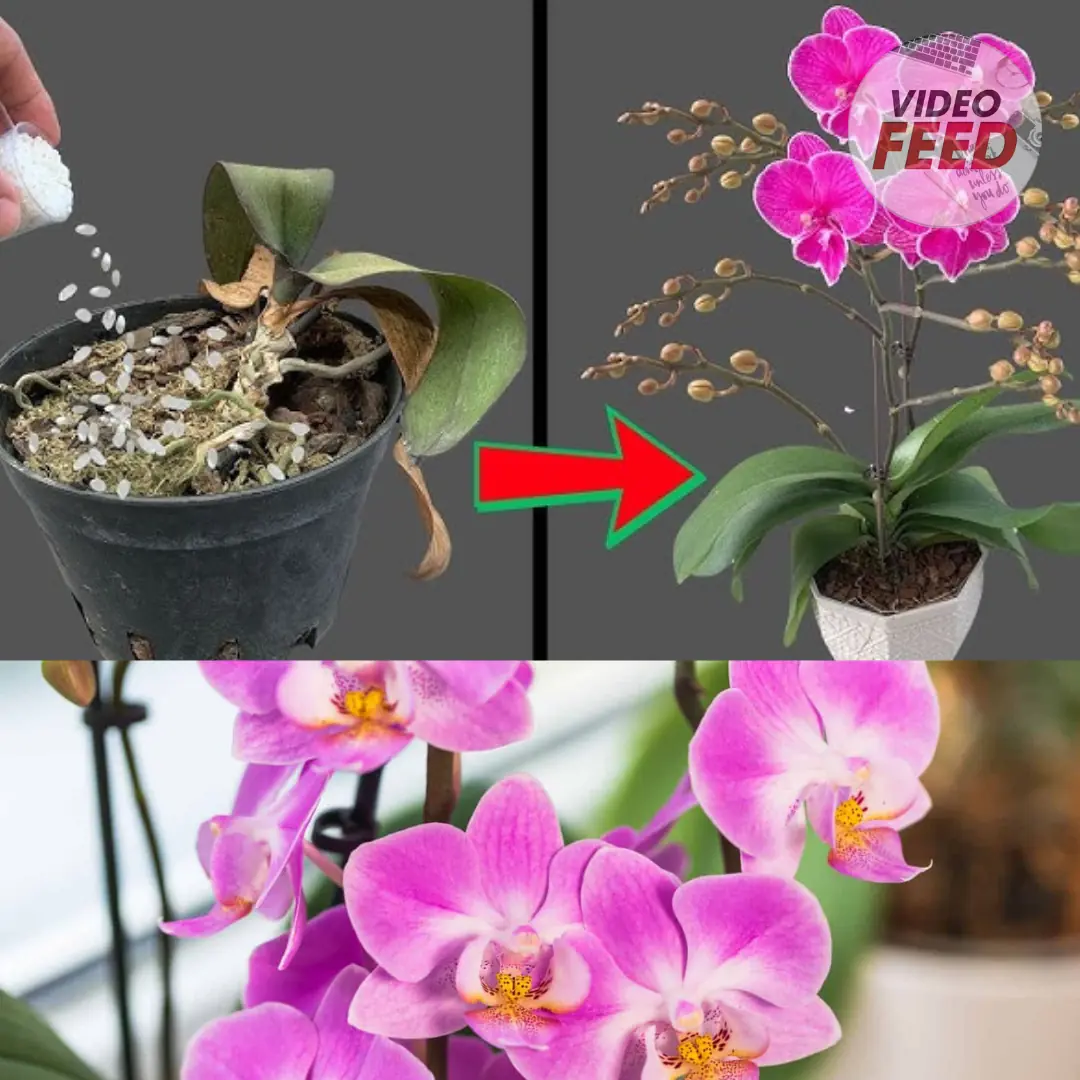
How to Grow and Care for Phalaenopsis Orchids Indoors
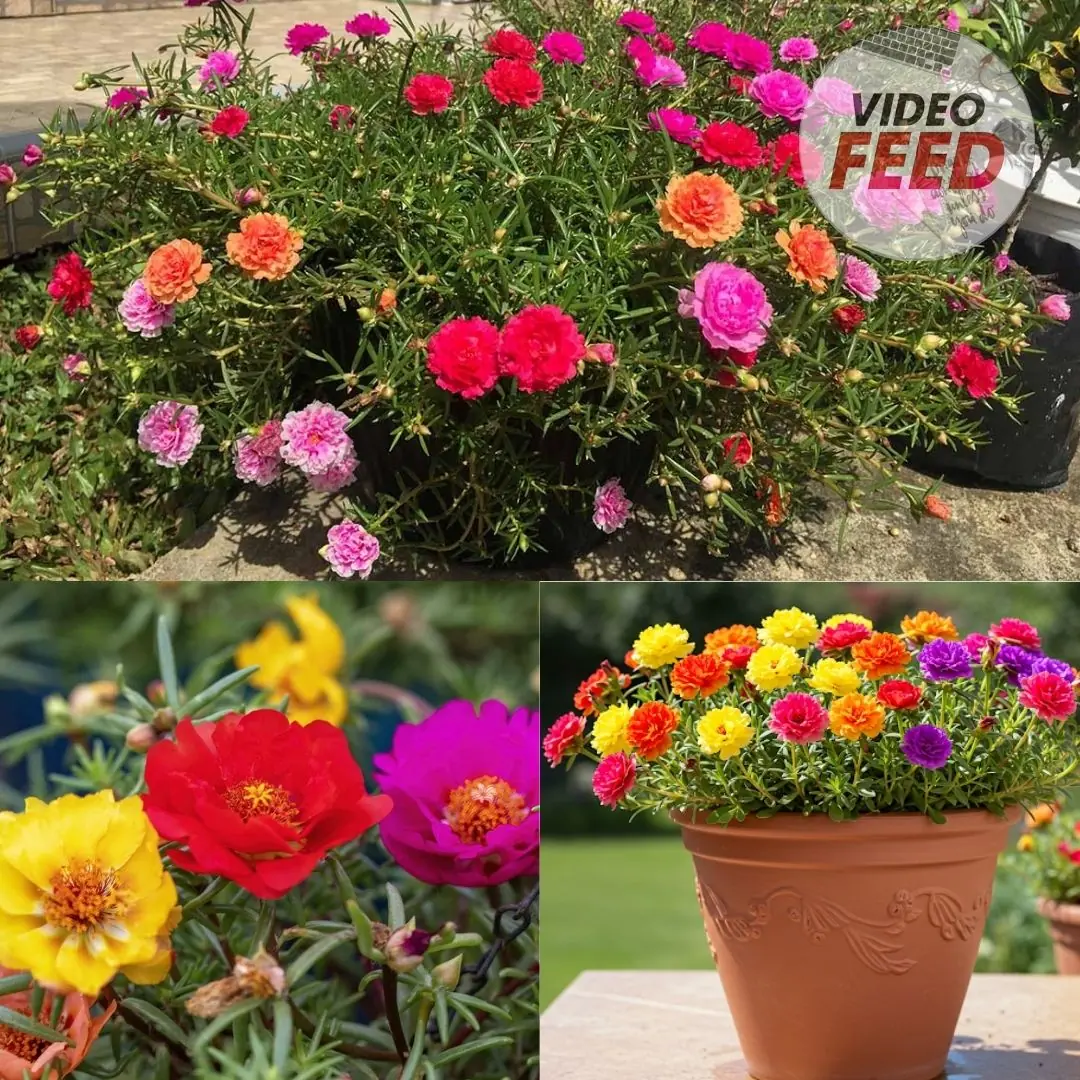
Portulaca in Pots: The Complete Guide to Growing Colorful & Drought-Tolerant Flowers Outdoors
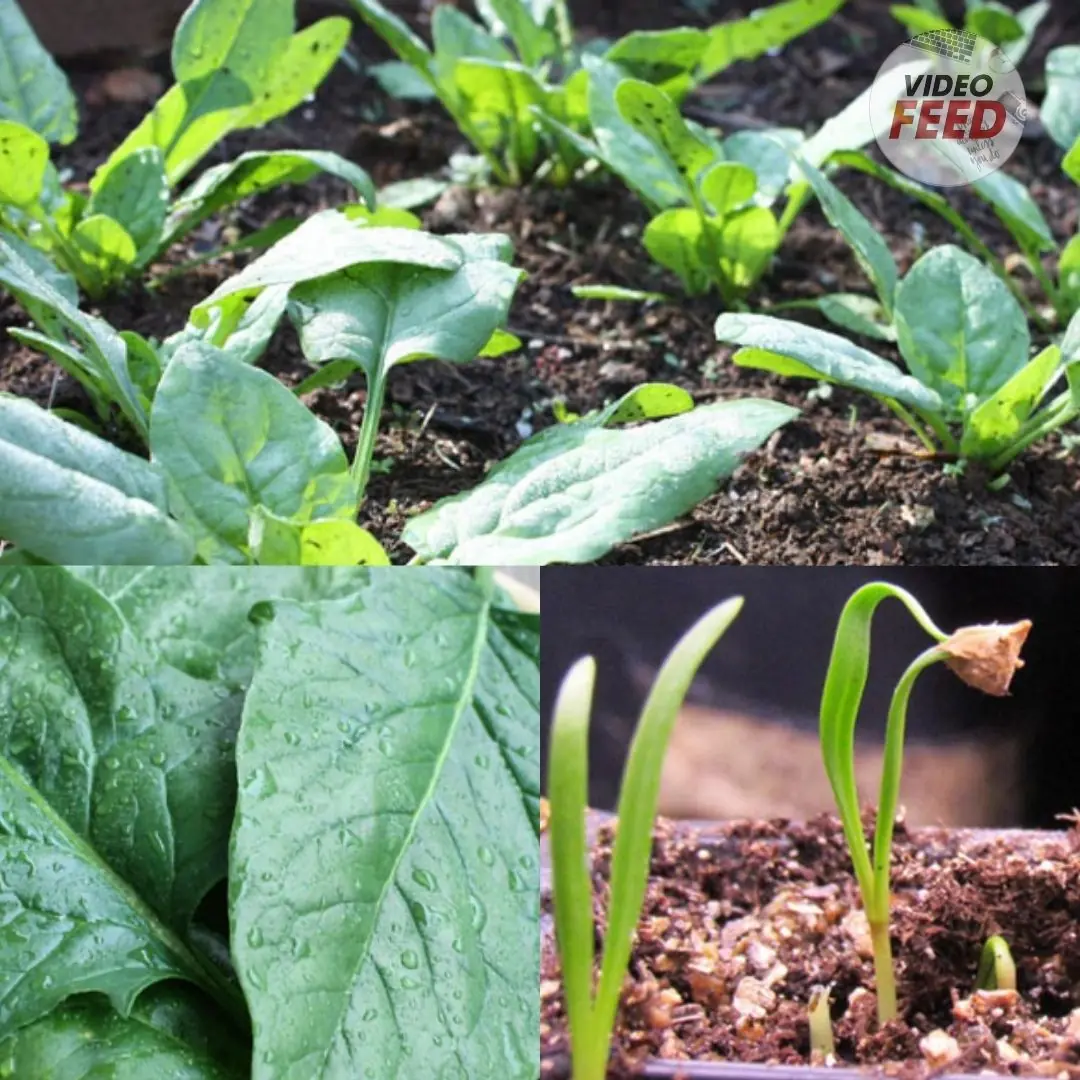
10 Tips for Growing Superb Spring Spinach
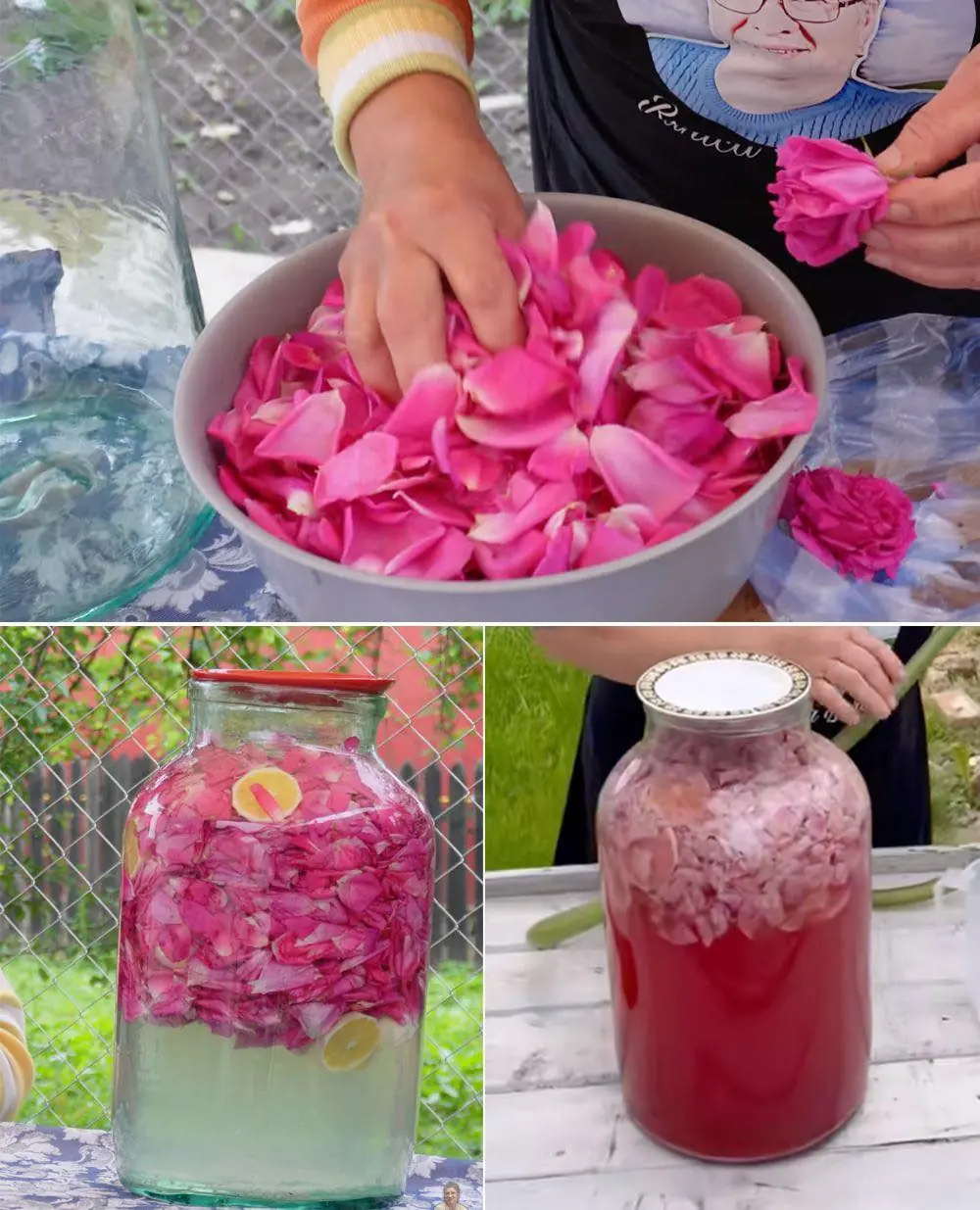
How to Make Rose Petal Lemonade – A Refreshing Homemade Drink
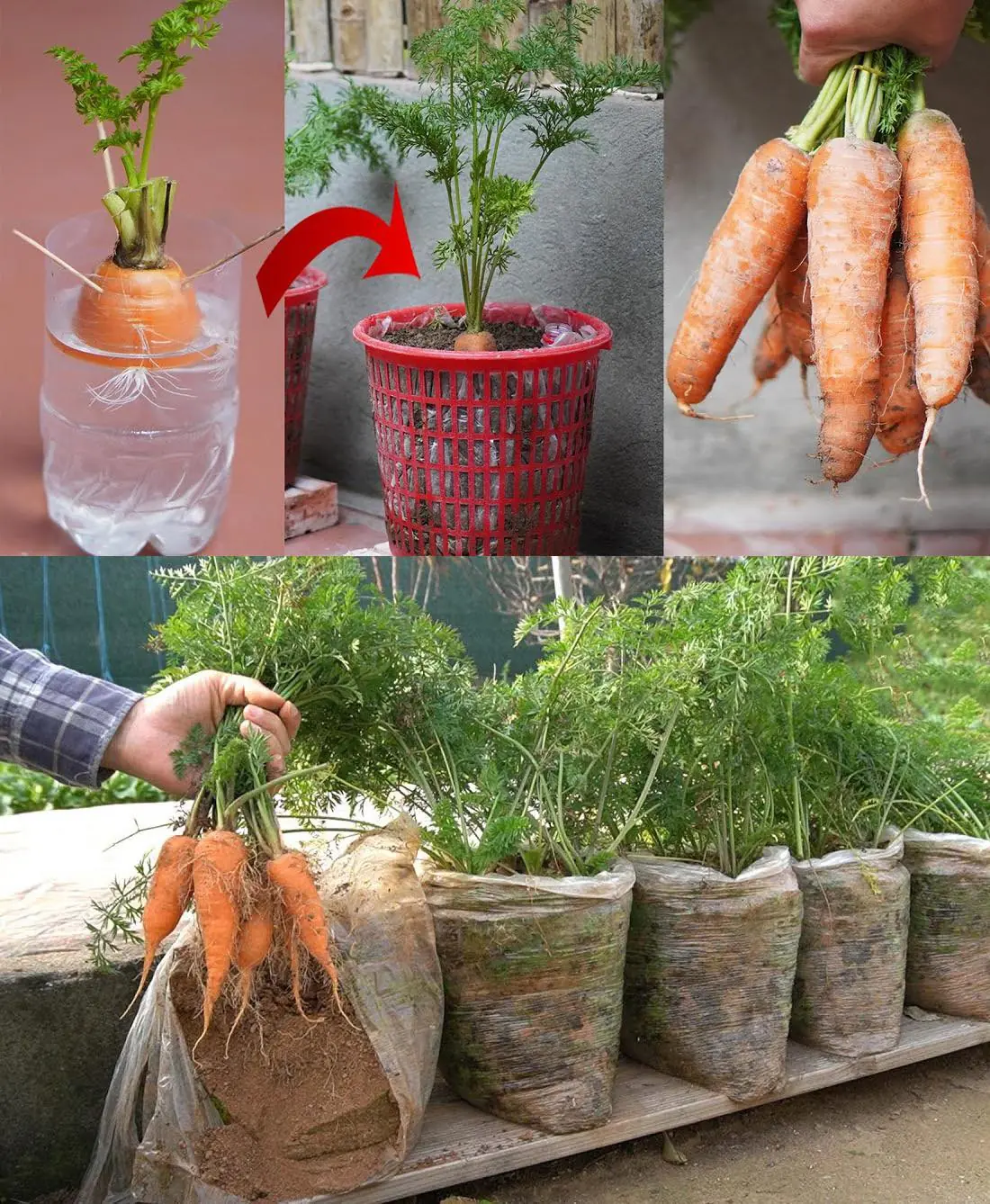
How to Grow Carrots at Home in Containers Starting with a Single Carrot
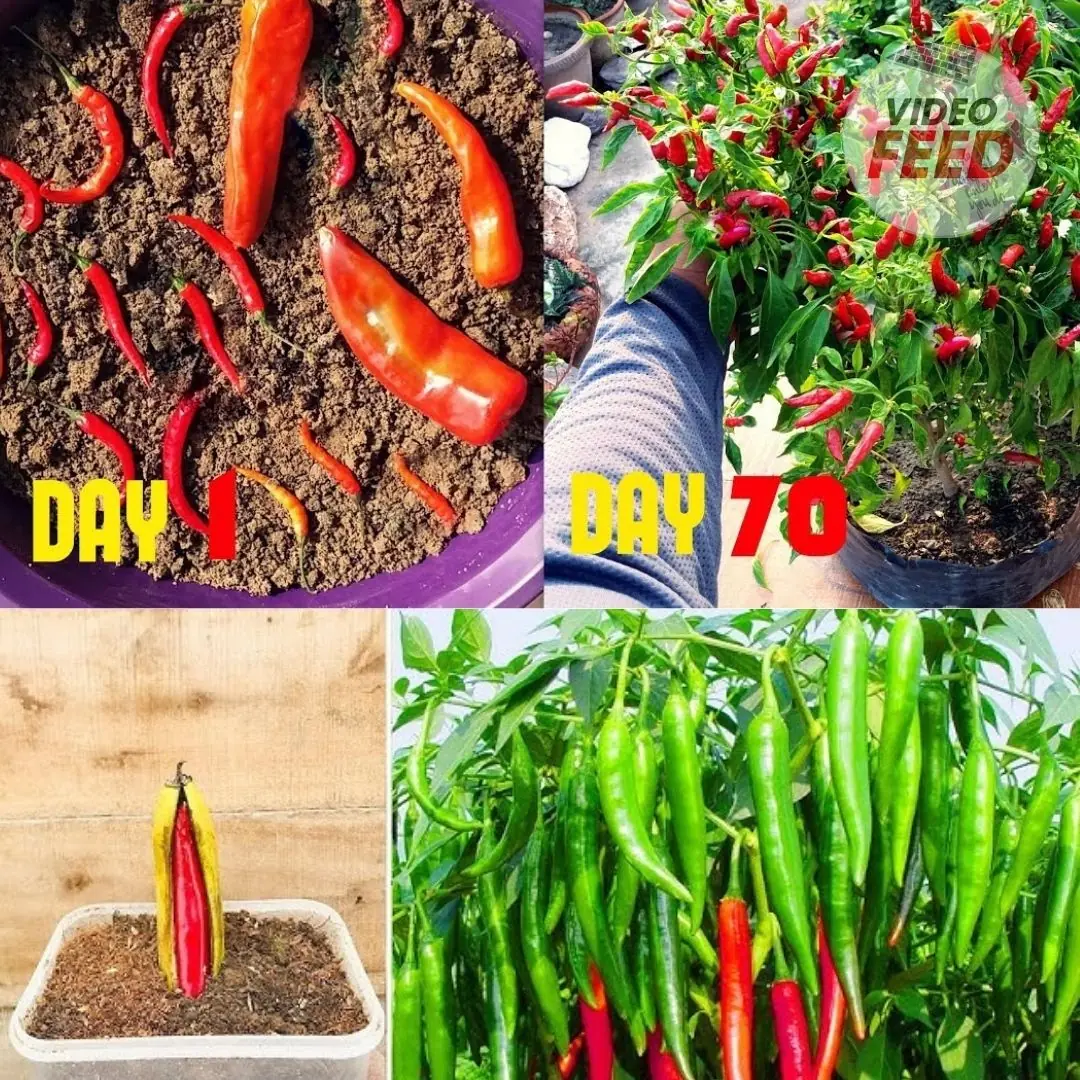
Turn a small corner of your house into a mini chili garden – both beautiful and useful!
News Post

Pine Cone Syrup: A Simple Beginner’s Guide to Its Benefits, Recipe, and Everyday Uses
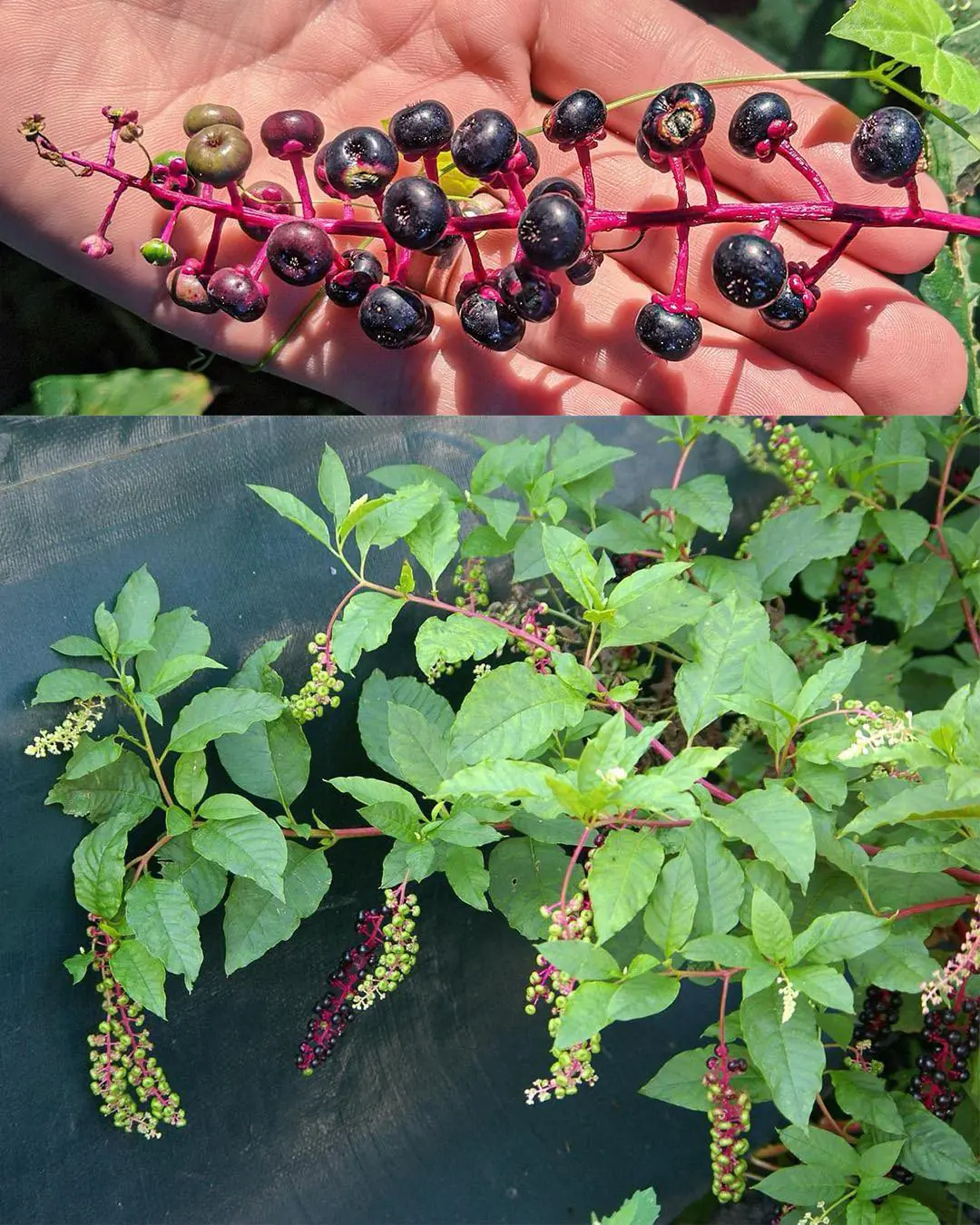
Pokeweed (Phytolacca americana): The Beautiful but Dan.gerous Plant You Should Avoid

The Hidden Dan.ger in Your Lipstick: What You Need to Know About Cadmium Contamination

She Ignored These 5 Symptoms — Now She’s Battling Stage 4 Colon Can.cer

Here’s What Really Happens When You Sleep with Socks On
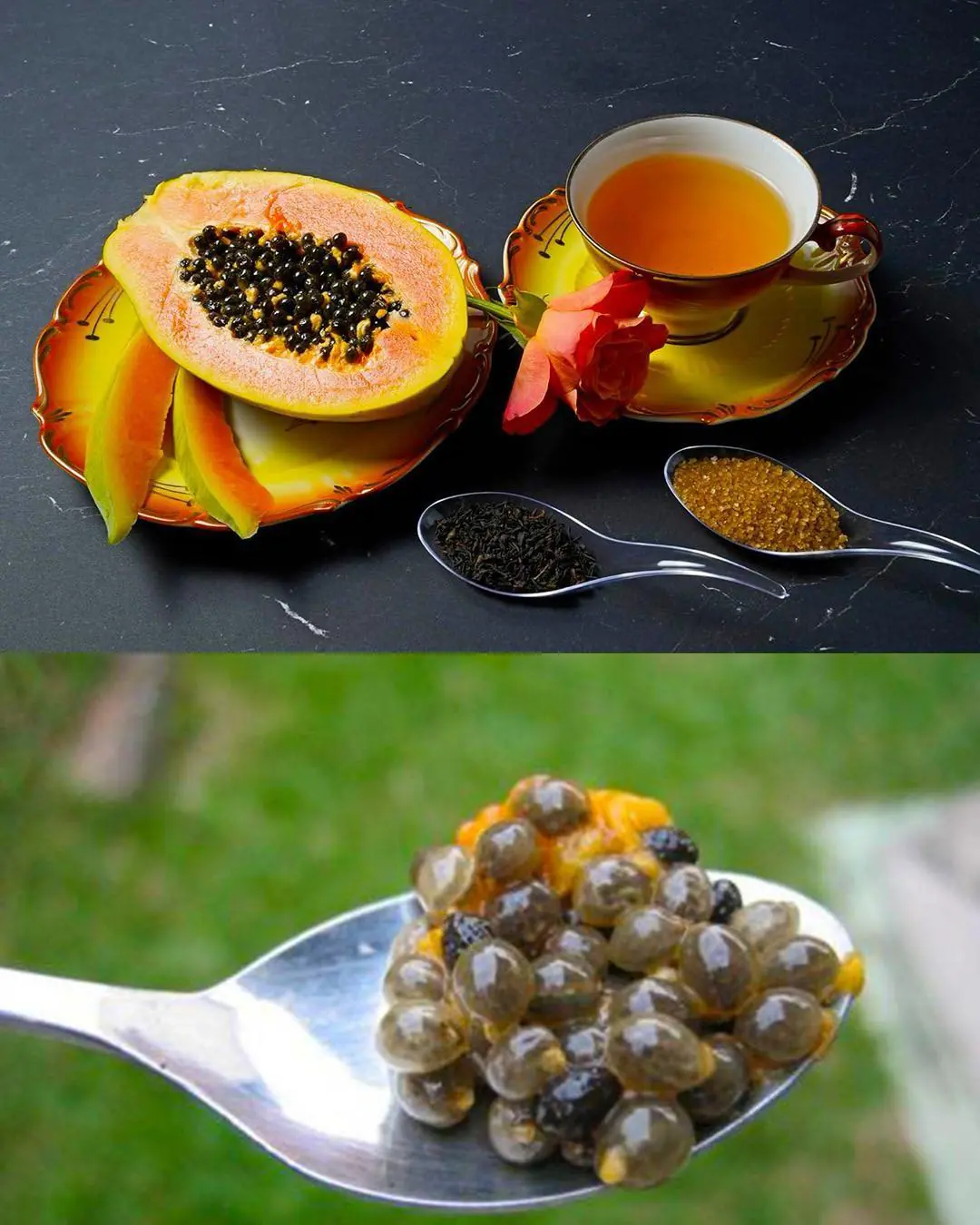
Don’t Throw Them Away - The Incredible Health Perks of Papaya Seeds You Need to Know

The Heroic WWI Homing Pigeons That Saved Countless Lives

This Cucumber Lemonade Will Change the Way You Think About Summer Drinks

Our Rescue Dog Found an Unconscious Older Lady in the Woods – What We Learned About Her Changed Everything

5 Signs of Appendicitis You Should Not Ignore

What You Need to Know About Vitamins and Supplements for Heart Health

11 Grilled Corn Secrets Your Taste Buds — and Your Doctor — Don’t Want You to Ignore

Nothing ki:lls faster than your own mind. Don’t stress about things that are not under your control

5 Common Causes That Can Increase Your Risk of Liv.er Disease

4 Early Warning Signs of a Stroke That Occur 15 Minutes Before It Happens
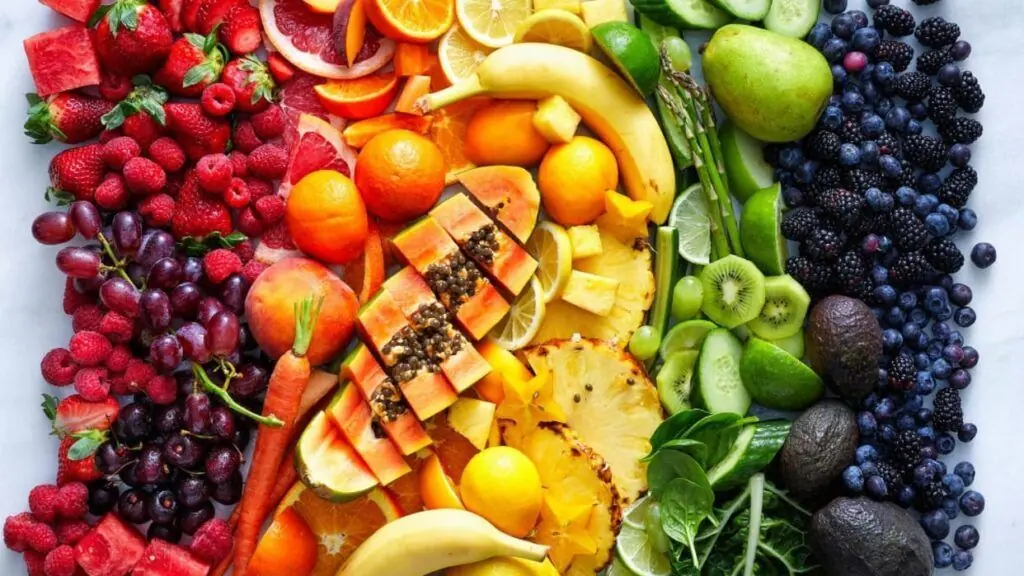
Dentist-Approved: The Right Way to Eat Fruit to Prevent Cavities
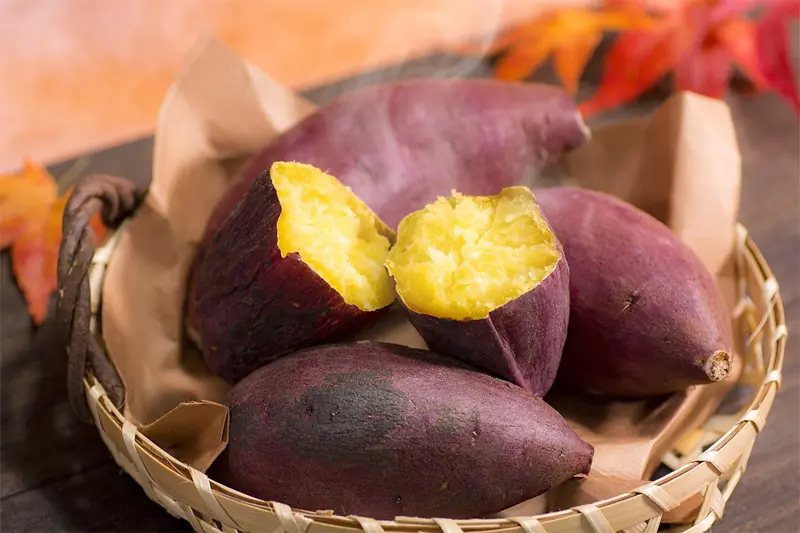
3 Dinner Swaps That Keep You Full and Speed Up Fat Loss
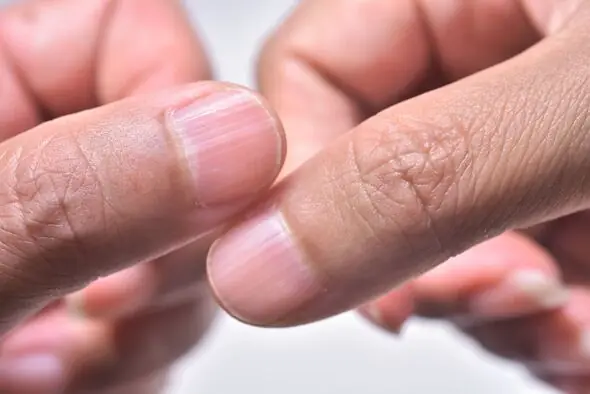
Observe Your Nails to Detect Health Issues

5 Morning Habits That Silently Dam.age Your Kid.neys
